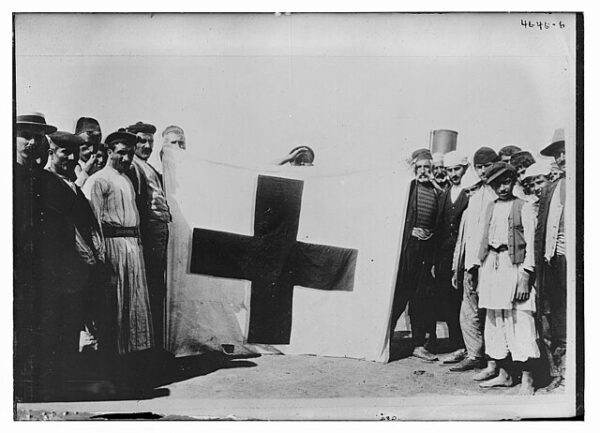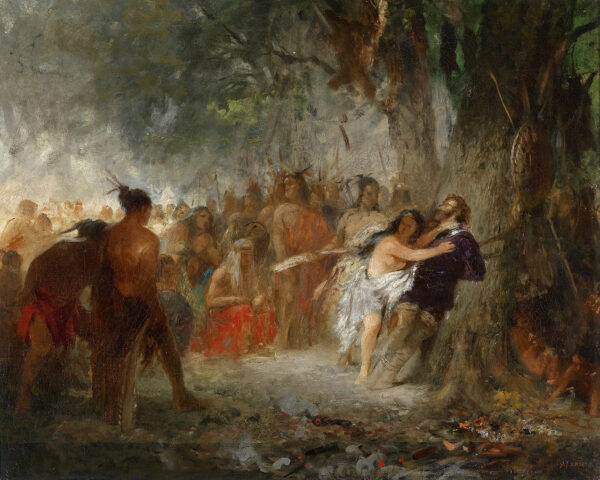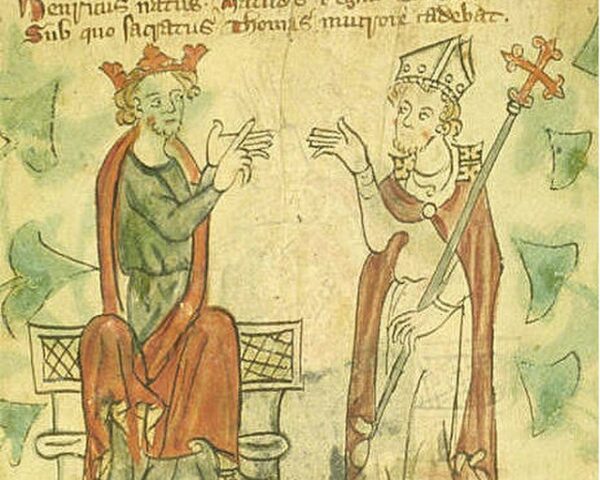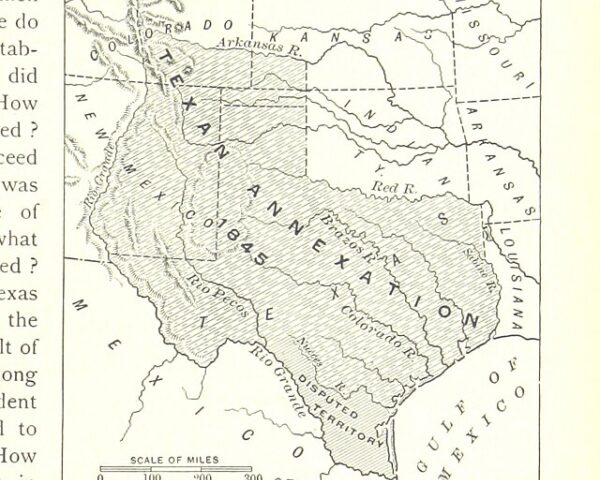On October 29, 1863, eighteen official delegates from national governments helped make a world caught in war a slightly better place. Meeting in Geneva, the gathering formed the International Red Cross. During the conference, it was decided that a red cross on a white background would be used as the standard emblem to identify medical personnel on the battlefield. It’s worth noting that the Ottoman Empire adopted a red crescent emblem back in the 1870s.
The idea for the Red Cross came after one of the most gruesome battles in 19th-century Europe.
The Battle of Solferino, fought in northern Italy in 1859, was a decisive episode in the struggle for Italian independence, in the birth of the Red Cross movement and in the creation of the Geneva Conventions. The bloody battle between the Austrians and a French-Italian alliance lasted for hours before the Austrians were driven into retreat. The casualties have been estimated at anything from 30,000 to 40,000 men. Thousands of wounded were left on the battlefield, far too many for the victors’ small medical teams to cope with. It happened that a 31-year-old Swiss businessman named Henri Dunant was travelling through the area and was utterly horrified by the battle (which he afterwards said compelled young men to be murderers) and by its aftermath. He helped to organise people from the nearby villages to bring water, food and aid to the wounded, regardless of their nationality. He persuaded the French to release a few captured Austrian doctors to help and he paid for the hasty creation of makeshift hospitals, writes History Today.
In 1862 Dunant wrote an account of what he had seen in which he suggested that national armies should have efficiently trained non-combatant volunteers to give help to the wounded of both sides. He also wanted international treaties to guarantee the protection of those involved. He sent copies to important figures all over Europe and he made a strong impression.
Dunant came from Geneva, where he had grown up a devout Calvinist with a deep interest in charitable work. In his twenties he engaged in business activities in North Africa and Italy and helped to create the international Young Men’s Christian Association.
In 1863 the Public Welfare Association in Geneva set up a five-man committee to consider Dunant’s ideas. Gustave Moynier, the association’s president and a prominent local figure, and Dunant himself were the key members. The committee organised an international conference in Geneva in October to start things moving. Delegates from countries including Austria, France, Great Britain, Italy, the Netherlands, Prussia, Russia, Spain and Sweden attended and on the 29th approved the proposals of the committee of five. This effectively marked the launch of the Red Cross movement. The symbol of a red cross on a white background reversed the Swiss national emblem of a white cross on a red background. Later, in Muslim countries, the Red Cross would become the Red Crescent.
Two decades later, Clara Barton decided that the United States needed to follow Geneva’s lead. Inspired by her experiences as a nurse during the American Civil War and her interactions with the International Red Cross in Europe, Barton was driven to establish the American Red Cross in 1881. Her dedication to helping others and her tireless efforts during the war had shown her the urgent need for a similar humanitarian organization in the United States.
Since its founding the Red Cross has delivered lifesaving assistance to hundreds of millions of people around the world.






